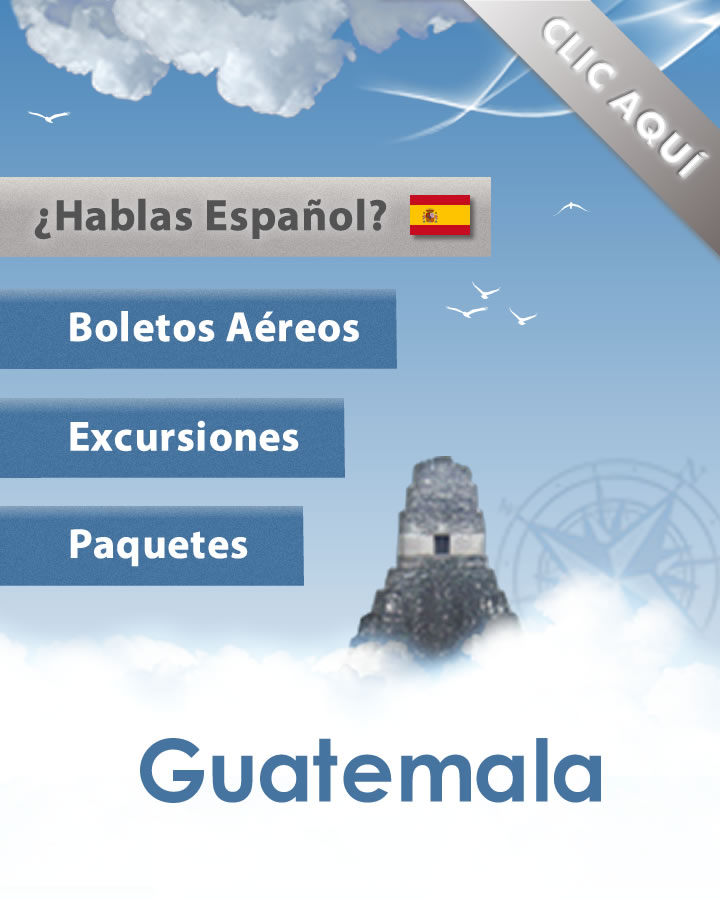Home > Departments > San Marcos
San Marcos
The department of San Marcos is one of the main borders in the Republic of Guatemala and it is an important commercial area. It is also the gate to Mexico and therefore a place many immigrants stop on their way to the north.
When we speak about San Marcos the first thing that comes to mind are the highlands. But in the same department the highest volcano of Central America reaching an altitude of 4,200 meters (there are two more volcanoes: Tacana 4,092m and San Antonio 2,750m) can be admired and you will also find a marvellous coast. From one extreme to another - the territory will astonish you with its many different natural attractions.
With no doubt, San Marcos is a department full of contrasts, not only because of its climate but also its culture. In this area ladinos and mames live together. The mames are descendants of the Mayas and still keep their cultural traditions untouched, which constitute a part of Guatemala cultural patrimony.
The department of San Marcos is a geographically privileged place. Its territory presents the large variety of climates the Republic of Guatemala has to offer. In this department a visitor can find beaches at the Pacific Ocean in the municipality of Ocos and the cold up the Tajumulco volcano, the highest one in Central America. This concentration of climates has a lot of influence in the cultural expressions and in this sense San Marcos owns an interesting diversity.
Since the department in the frontier with Mexico commerce and immigration play a big role in this area. In the north of the department you can watch the Cuchumatanes Mountain chain, in the west the Chiapas valleys and the amazing Grijalva river. In the east you will find the Guatemalan complex mountains and in the south the Pacific Ocean, El Tumbador valley, and the Costa Cuca coastal region.
Local fairsSan Marcos, April 25; San Antonio Sacatepequez, January 17; Comitancillo, May 3; San Miguel Ixtahuacan, September 29; Concepción Tutuapa, December 8; Tajumulco, Nuevo Progreso; December 12; El Tumbador, January 6; San Jose El Rodeo, March 19; Catarina, November 2; San Pablo, January 25; El Quetzal, November 13; La Reforma, December 31; Pajapita, December 7; Ixchiguan, January 30; San Jose Ojetenam, January 19; San Cristóbal Cucho, January 25; Esquipulas Palo Gordo, January 15; and San Lorenzo, August 10.
Share with Friends:
Share on Facebook Share on Twitter Share on Google+
